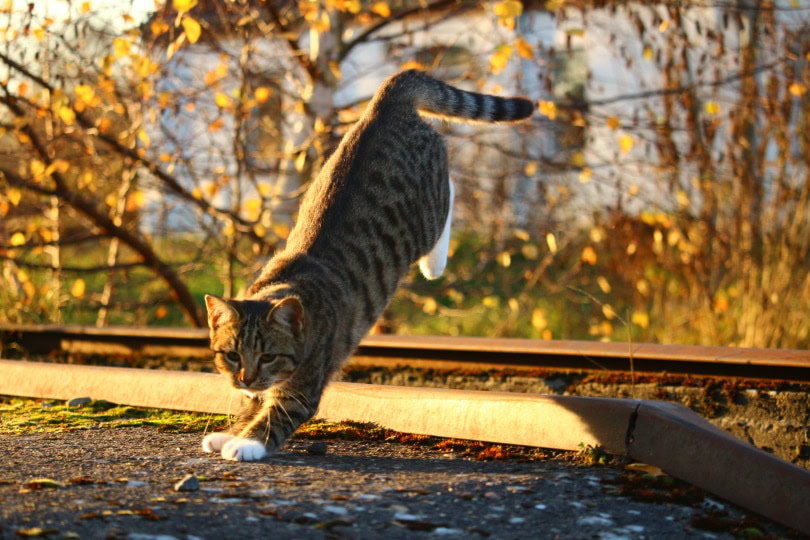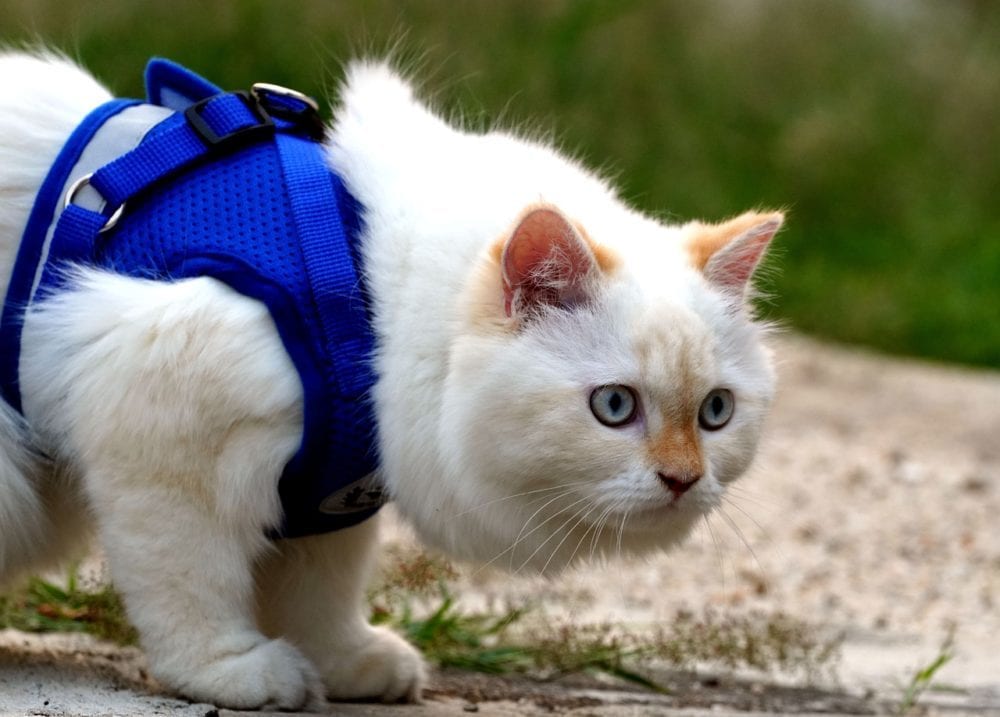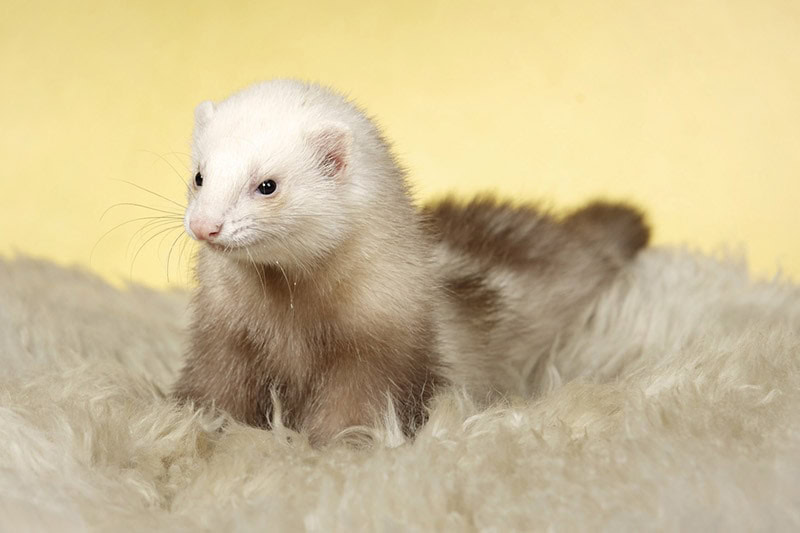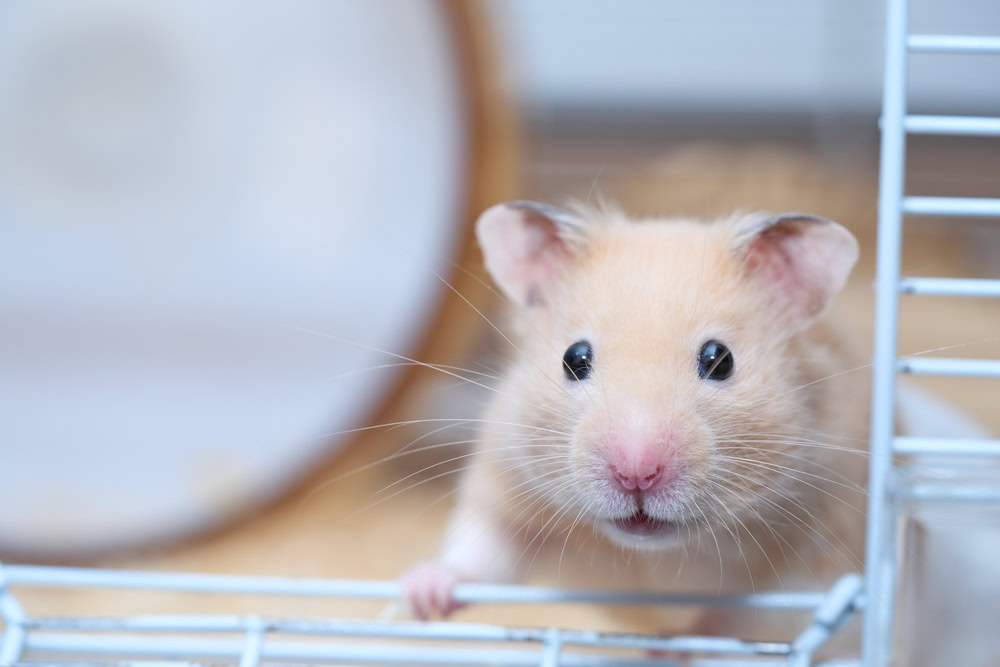VET APPROVED

The information is current and up-to-date in accordance with the latest veterinarian research.
Learn more »Click to Skip Ahead
Cats are agile creatures with excellent balance. By observing a cat’s behavior, whether they are walking, climbing, jumping, or playing, you will easily see that their body moves rhythmically with purpose. Cats have 53 vertebrae, which contributes to their flexibility. This is more than many other animals and another reason that cats are such fascinating pets.
In this article, we will discuss the main reasons cats are so flexible, hoping that you will learn something new about your feline companion!

What Makes a Cat Flexible?
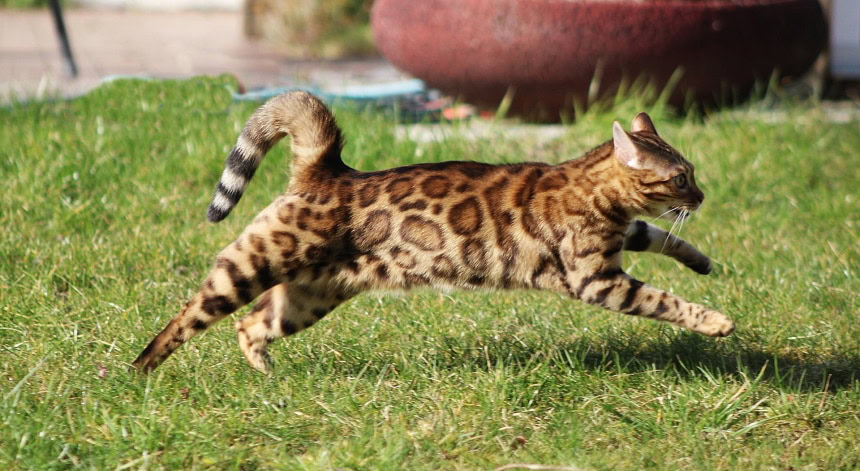
- The Spine: Cats have a very elastic and flexible spine. This allows them to stretch in abnormal positions that many other animals are unable to achieve, such as dogs or humans. Cats are well known for having a variety of stretch poses that make them seem to flow with precise movement. Cats are also able to ‘liquefy’ themselves, which is why they can sleep in abnormally strange positions. You may have even experienced your cat sleeping in a very small space and appearing to tightly curl themselves up without feeling uncomfortable.
- Vertebrae: The individual spine bone disks of cats (including their tail) have 53 vertebrae, whereas humans only have 33. Due to this increased number of vertebrae, cats can rotate their bodies a bit over 90 degrees. Moreover, their vertebrae are loosely connected, meaning the joints between their bones have more mobility and flexibility.
- The Shoulders: Cats’ shoulder blades are not attached to the rest of their bodies with bones, but rather muscles. This allows cats to lengthen their bodies while increasing their flexibility. This is also why the shoulder blades move with each stride when they walk. Their loose shoulder blades aid in hunting and give them a greater chance at pouncing on their prey.
- The Collarbone: Cats have tiny, free-floating collarbones, which help them to flatten their bodies to fit into tight spaces. It also helps them crouch down in a pounce position, helping to keep their body low to the ground while their muscles are alert and ready to pounce at any moment.

Why Are Cats Flexible?
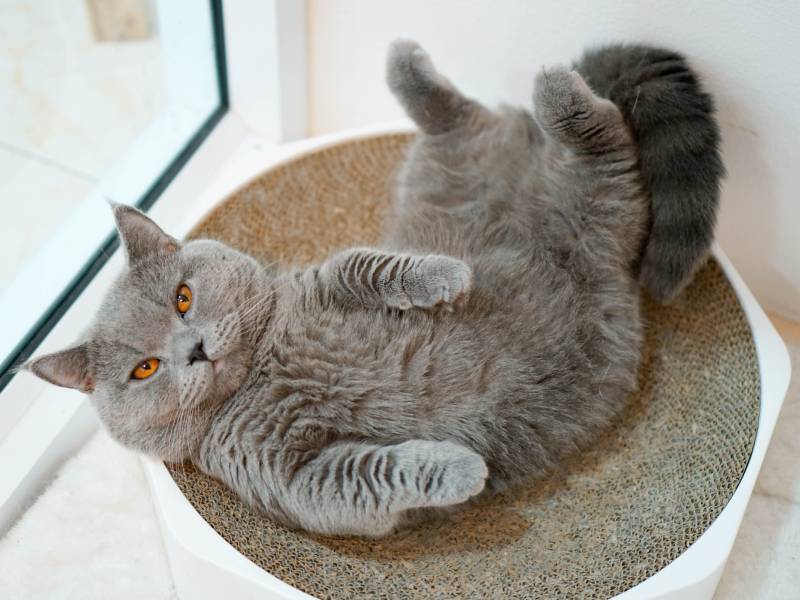
Ambush Predators
A cat’s flexible body helps them to stalk, pounce, and catch unsuspecting prey. Since cats are natural predators of smaller animals such as birds and mice, their body has adapted to aid in their hunting skills.
During hunting, your cat will lengthen their spines by extending and flexing its back. This allows them to run for extra-long strides as about 20–30 mph for a short period. They can lower and narrow their shoulders to fit into tight spaces and crouch below a bush to watch their prey.
Cleaning
Cats are hygienic animals that use their flexibility for this advantage. Due to their flexible spine and torso, they can easily reach different areas on their body to clean themselves and eliminate body odors that could potentially attract predators.
Agility
Due to a cat’s flexibility, they can jump six times their height and almost always land on their feet. Their spine and body structure allows them to brace for impact without getting hurt.
This is needed when cats jump from far heights, like trees, or in the case of pet cats, from tables and high surfaces. In the air, you may notice that your cat arches their spine and extends their legs; when they hit the ground, their legs will bend and accommodate the landing to reduce the impact.
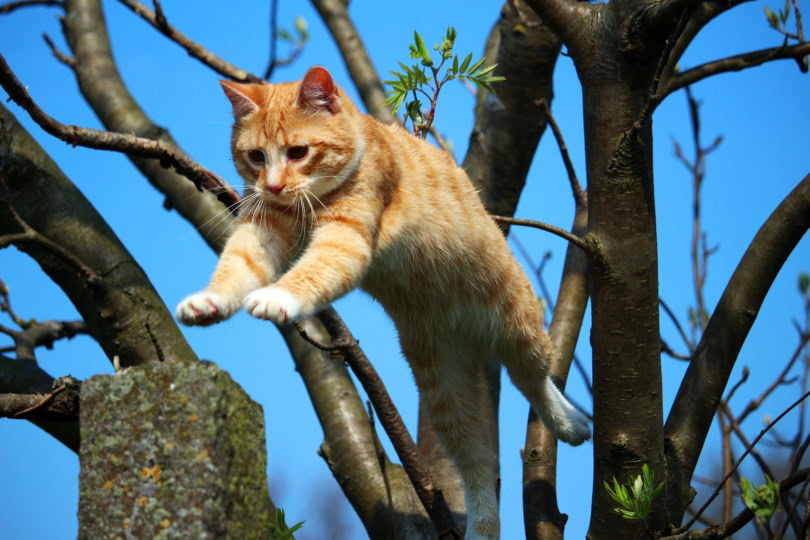
Balance
A cat’s spine extends to its tail. The tail plays a huge role in a cat’s balance and posture. By extending its tail, your cat can use some counterbalance and move their body to walk along narrow places without falling. In the wild, cats will walk along tree branches without falling off.

Fun Fact!
If you are into yoga, you may not know that the popular stretch pose known as the ‘cat pose’ or Marjariasana originated from a cat’s common stretch, especially after they awake from a nap. This is a great stretch for your lower back and core muscles and great for your body.
Conclusion
Now that you have discovered the main reasons behind a cat’s flexibility, you can watch your cat closely and see how they move and get about. You may even be able to witness your cat rotating their torso and climbing around to admire just how agile and flexible cats truly are.
Featured Image Credit: piqsels
